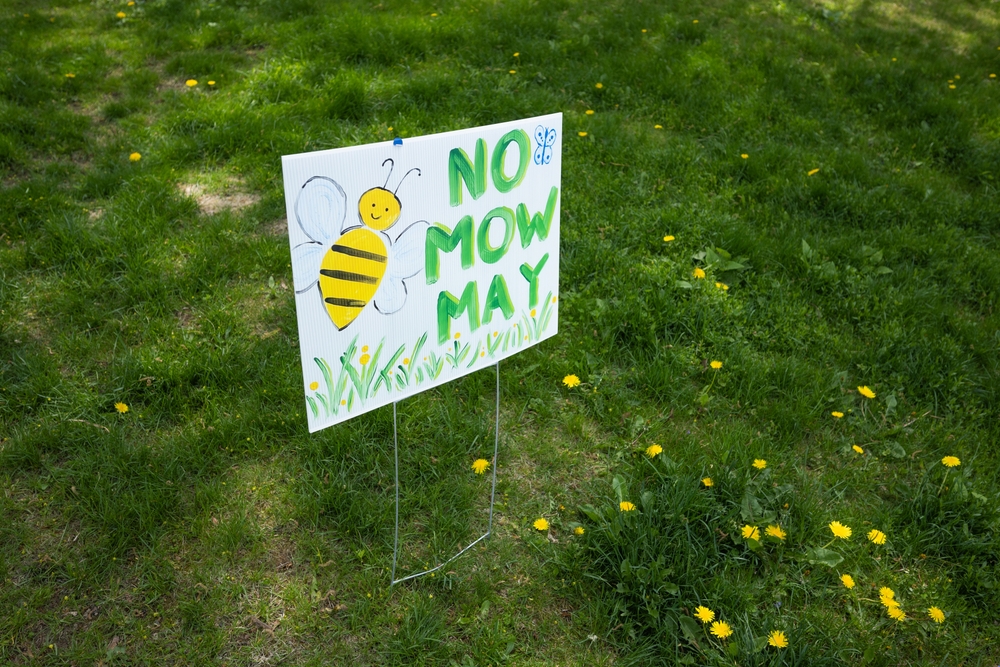Detroit’s name alone evokes images of hollowed- out houses, a desolate downtown, and fleeing residents, essentially a dying city. The once booming motor capital of the world has been crippled by the economic crisis; it’s lowest point coming last month in the form of a chapter 9-bankruptcy filing. While Detroit’s residents are leaving the city in droves for greener pastures, many Detroit area startups are viewing the city’s decaying infrastructure as an opportunity to innovate and make a difference in the place they call home.
The Detroit Transportation Department’s annual budget was cut by almost 20% this year. Some see the regression of Detroit public transit as an obstacle to growth; Andy Didorosi, a 25-year-old entrepreneur and Detroit native, sees the struggling bus system as an opportunity unavailable in any other city. In 2012 Didorosi founded The Detroit Bus Company, a private bus alternative that is picking up where the Detroit Department of Transportation left off. “In other cities you’re a passenger […] the city runs without you,” Didorosi explains in a short video, “In Detroit you can make a real difference, you can create your own transit system.”. Didorosi doesn’t want to put Detroit’s public busses out of service, he wants to drive innovation and show that there are opportunities in Detroit; you just have to find them.
The Empowerment Plan isn’t bussing Detroiters around the city, but they are providing a valuable service to Detroit in their own right. One in 42 Detroiters are homeless. The Empowerment Plan sees this daunting figure as a problem that can eventually solve itself, by creating products for the homeless, and employing homeless women to make them. Their product is a coat that also doubles as a sleeping bag and is given out to homeless free of charge. This year The Empowerment Plan will be giving out 4000 coats across the country. The Empowerment Plan is hoping to eventually function as a one-to-one, buy-to-donate, distribution model and aid in the growth of an entire garment district in Detroit.
Workspaces are also popping up around the Detroit area. The i3 Detroit project is a hackerspace, an open community where technology, art, and culture all converge in the realm of innovation. The way i3 Detroit works is members pay monthly dues and then have access to a workspace as well as an array of tools ranging from basic handsaws to advanced laser cutters. Members also have the opportunity to tap into the brainpower of other i3 Detroiters, a commodity that is just about priceless.
Detroit can appear on the surface as a dying city, and if you check their accounting books you’re probably not far from the truth. But as with many things in life the face value of a commodity is not always what it’s worth. In the case of Detroit, the value of the city lies in its residents, not in the price of its houses. The old adage ‘One man’s trash is another man’s treasure’ could not hold more true in any other scenario. One might see an old, decaying Detroit as a diehard relic that didn’t innovate fast enough, while another sees an opportunity to start from scratch, to build something better than what once was.
Did you get your free issue of the Intelligent Optimist? Click here for a free download.











